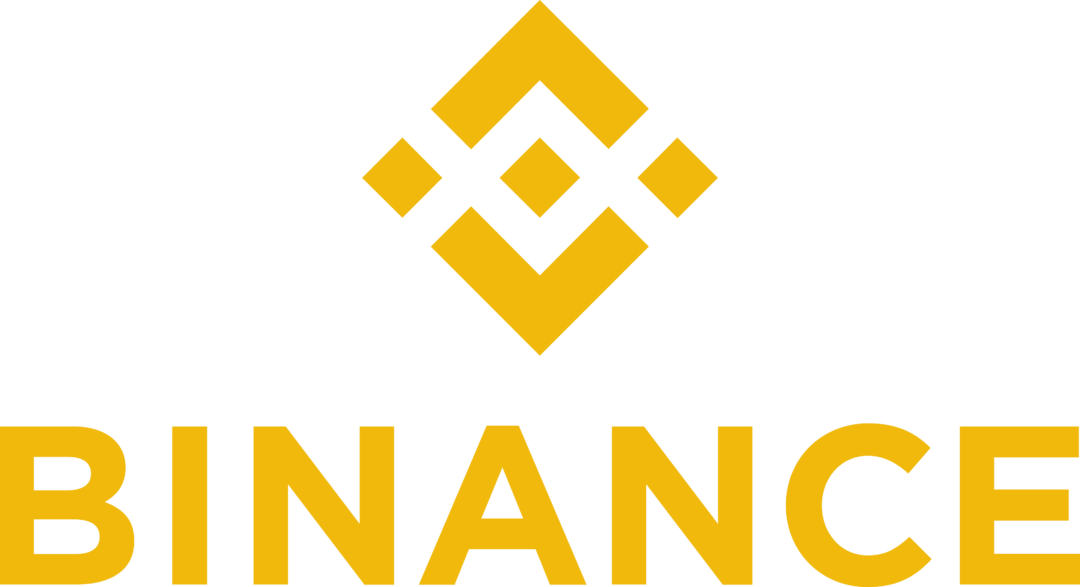Interchangeable tokens (NFT) They are something you may have heard about in the news or online recently, but you are not sure what exactly they are or how they work. We have compiled a comprehensive NFT guide to teach you a little more about what they are, what they are most successful about, what they are used for, how they work and where you can buy them.
What is NFT
NFT is a type of digital token that is created using blockchain technology. As a digital asset, this token is not available in physical form. Instead, it is a completely virtual item that is created, stored and traded digitally over the Internet, more specifically blockchain technology.
As the name suggests, every unmistakable token remains irreplaceable in its form. This means that when an NFT is created, it is unique in its virtual identity. Unlike another popular creation, blockchain technology in form cryptocurrency these tokens cannot be exchanged for another replica of their exact value or form. Thanks to this, NFTs are highly sought-after or collectibles that can be used for a wide range of services.
Now comes the question of how to buy an NFT or why buy one at all. The answer is simple. When NFTs are created in their unique form via blockchain technology, they can become a representation of various items on blockchain technology. These tokens can then be held or transferred through a blockchain to prove ownership of the corresponding asset.
These items may include digital content such as art, ebooks, and social media posts. However, they can also represent tangible assets, such as real-world images and real estate. This diversity of assets and the possibility of exchanging their ownership is one of the biggest reasons why many creators want to learn how to sell NFTs or how to create NFTs.
What about property rights
Proof of ownership that is transferred with the NFT does not mean that the asset represented has its full copyright or even usage and removal rights automatically transferred to the new owner. If the condition is not set somewhere during the NFT attributes or code itself, the individual holding the NFT simply owns the representation of the asset on the blockchain. Nothing more, nothing less.
This means that if someone must hold the copyright or the right to remove or modify NFT-related content, the clause must be in the NFT from the beginning.
This is best illustrated by the sale of the first-ever tweet by Twitter co-founder and CEO Jack Dorsey, which was sold as the NFT for more than $ 2.9 million. Although the NFT tweet was sold with Dorsey's personal signature in the attributes, the tweet is still on Twitter as the platform's debut contribution. This means that the person who purchased the NFT received a token associated with it, but does not have access to the account to delete the tweet.
This makes owning the NFT a little more complicated.
History and the best NFT
The first NFT ever
Longtime artist Kevin McCoy created the first NFT in 2014 (through a process known as "embossing").
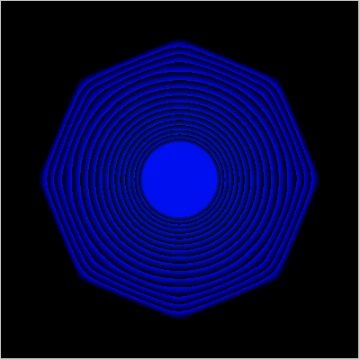
Due to its historical significance and Kevin's reputation in the art community, the work - known as Quantum - sold for $ 1.4 million in June 2021. However, between this first start of the NFT and 2017, the sector fell asleep.
The first NFT collection
In 2016, a handful of Etherea users started trading Pepe the Frog NFT (a meme that has become an icon in the world of cryptocurrencies).
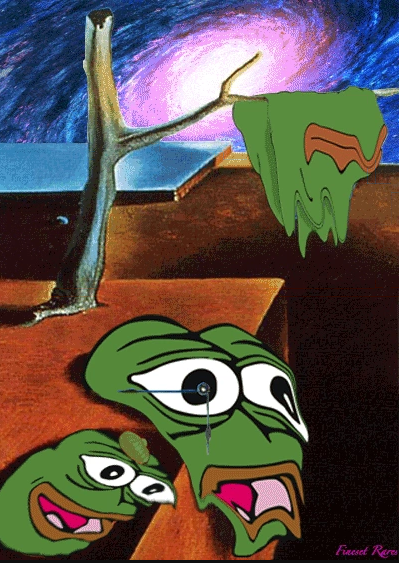
But because the collection was so small and the financial value of the NFT was not yet clear, the project did not gain momentum. Then, in 2017, the managers of a company called Dapper Labs got a great idea.
The first mass reception
After observing the wild success of collecting projects such as Pokémon and Tamagotchi, Dapper Labs took the concept a step further by cloning it into a blockchain. They replicated the fun gameplay aspect of Pokémon and added something no one had seen before: Verifiable ownership and a functioning financial market.
Fast forward a few months and CryptoKitties - Dapper's NFT project - became the largest project on Ethereo, causing a rocketing increase in fees and a slowdown in the network worldwide.
The first limited and most successful NFT collection
Shortly afterwards, a company known as Larva Labs launched CryptoPunks. However, unlike Dapper Labs, Larva limited its project to only 10,000 NFTs. A step that would eventually trigger the NFT mania of 2021.
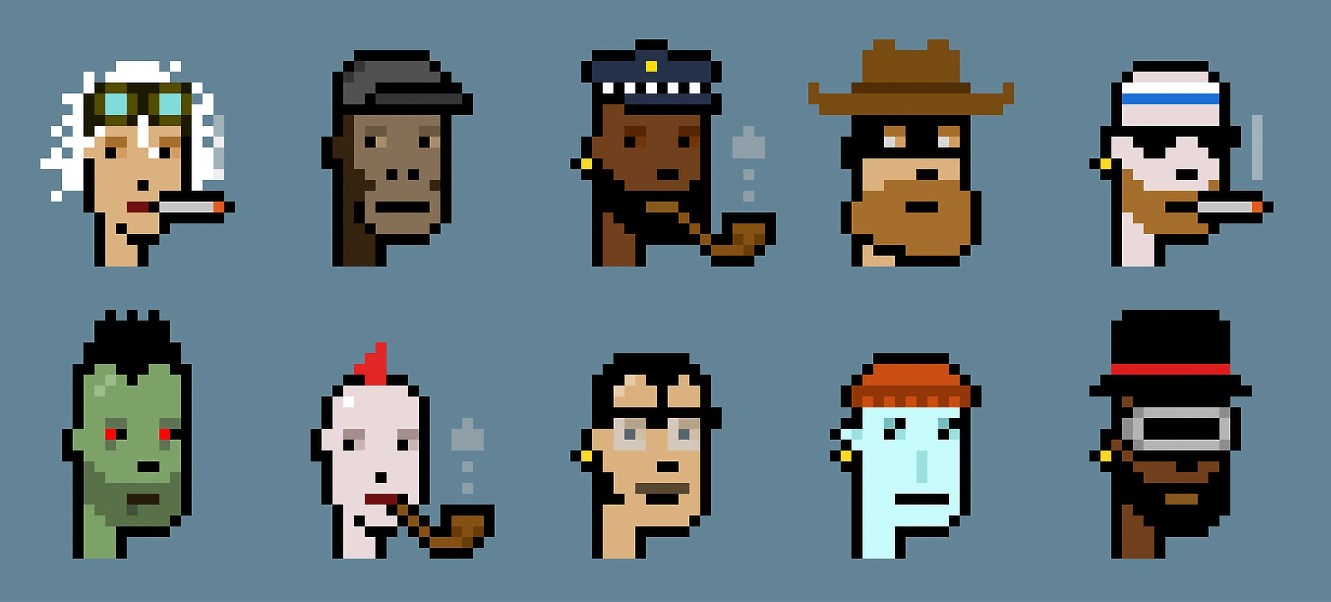
Punkers, randomly generated by a software program, low-resolution avatars are designed to look - for the most part - like ordinary people. Each punk is made up of a combination of features (eg earrings, punk, etc.), with 6,039 male versions and 3,840 female versions.
And although the NFTs were originally distributed for free, their first limited edition status quickly made them collectibles. Today and the average punk is sells for over $ 340,000 while items with rare (only of their kind) features sold for up to $ 11 million.
Another top NFT collection
Bored Ape Yacht Club (BAYC) is also one of the most successful of the NFT projects. The most expensive NFT in the collection has sold so far for an incredible $ 3.59 million (769 ETH). Owners of BAYC NFT include big names like Eminem, Jimmy Fallon, Stephen Curry, Snoop Dogg, KSI, Lil Baby and Post Malone.
The Bored Ape Yacht Club, or often colloquially called the Bored Ape, is an unmistakable collection of tokens built on the Ethereum blockchain. The collection contains profile pictures of cartoon apes, which are procedurally generated by an algorithm. The monkeys have a story - they are bored cryptomiliardists hanging in a swampy yacht club in 2031.
BAYC is not just a collection of trading cards with visually appealing cartoons of monkeys. The owners of each BAYC NFT acquire the rights to commercial use on which they can build products.
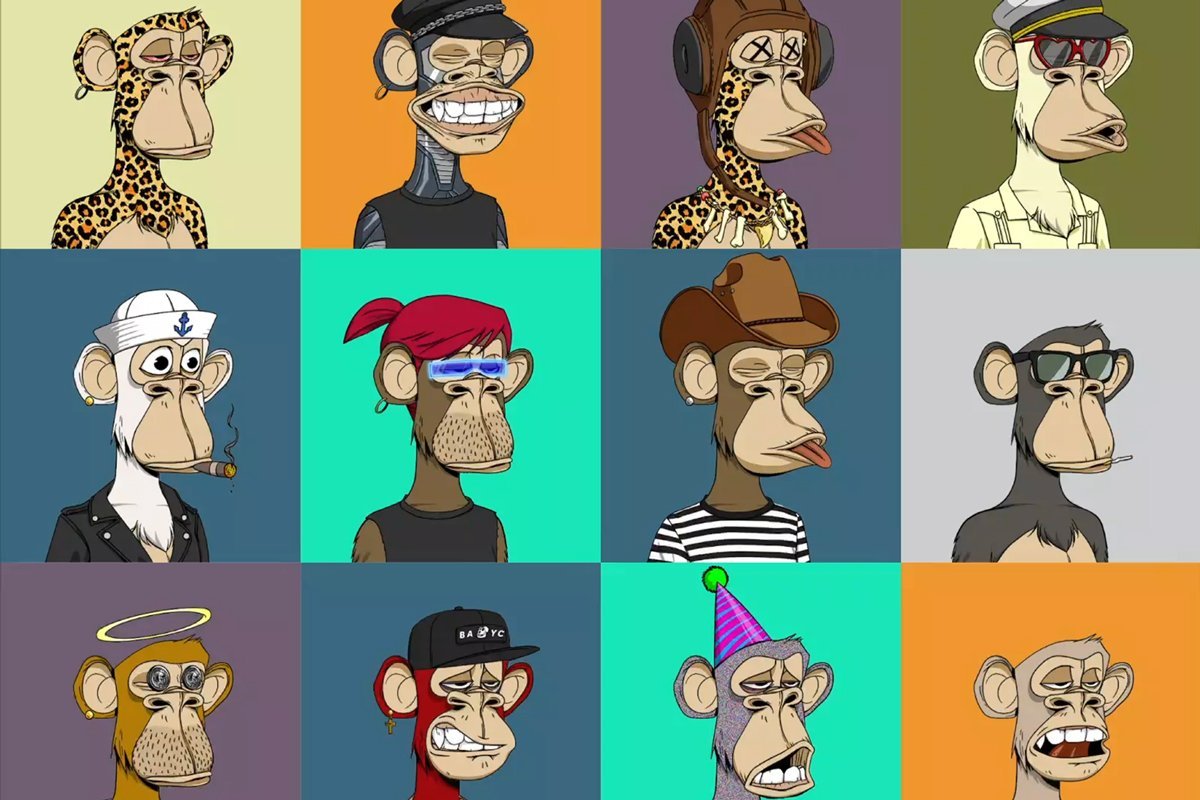
The developers also created digital vials of mutant serum. After mixing with Bored Ape, owners can generate another top NFT - Mutant Ape - which again has one of the most successful collections.
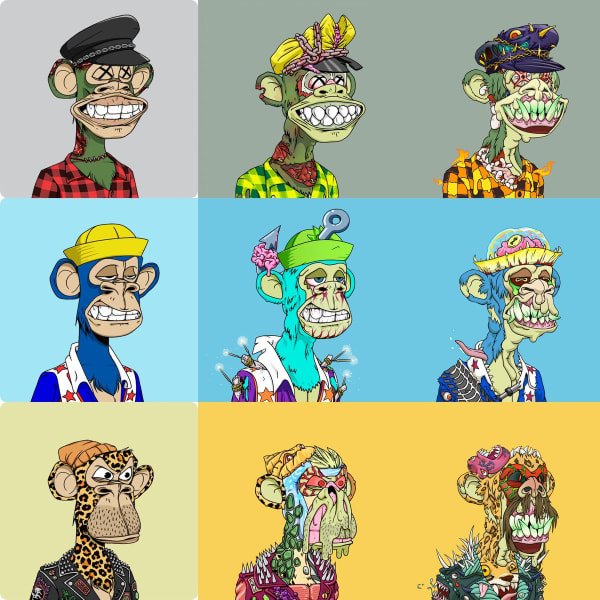
Axie infinity
The best collections, given the volume traded, are of course the NFT from the Axie Infinity game. Items in the game are represented by NFT which can be linked to digital content - the Axies and the land that inhabits the game. Unlike regular game items, NFT grants ownership to the buyer and you can also exchange Axies for real money on the game marketplace.
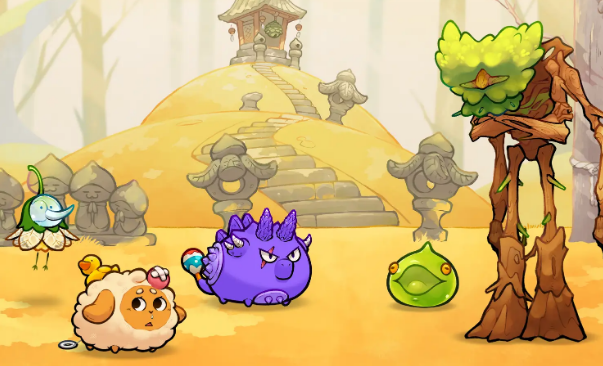
The top collections can be found on the analytical platform Cryptoslam.

Where and how to buy NFT
One of the first decisions that NFT buyers have to make is what cryptocurrency platform (aka blockchain) they want their NFT to be hosted on.
When the NFT mania began in early 2021, Ethereum was the only mainstream blockchain with a functioning NFT technology. As a result, Ethereum is still the number one blockchain in terms of NFT sales volume.
And when it comes to finding and buying an NFT, OpenSea, Rarible and SuperRare they are one from the best marketplaces.
However, due to high fees, more and more NFT projects and marketplaces are running on the Solana blockchain (where the fees are just pennies). The best marketplaces are Solanart and SolSea.
Currently, the largest marketplace is OpenSea, which supports blockchains Ethereum, Klaytn, Polygon and Solana.
The purchase process
Whether you choose Ethereum, Solana or another chain, the buying process is practically the same.
First, you will need to set up an online cryptocurrency wallet (which acts as a virtual wallet that you communicate with through your web browser). Options include MetaMask, Trust Wallet and many more.

Once you do this, you will use your wallet to log in to the NFT platform you want to buy from. Almost every platform has a button in the upper right corner of its website. Tap this button to attach your wallet.
We will use the OpenSea platform for our purposes. The first thing we need to do is find the NFT we are interested in and click on it. We have two options to buy the relevant NFT:
- we can click on the button "Buy now“And buy at a fixed price
- we can make an offer on the NFT already in the user's possession. To create an offer we have to click on the button "Make offer"And in the next window we must select and accept the disclaimer.
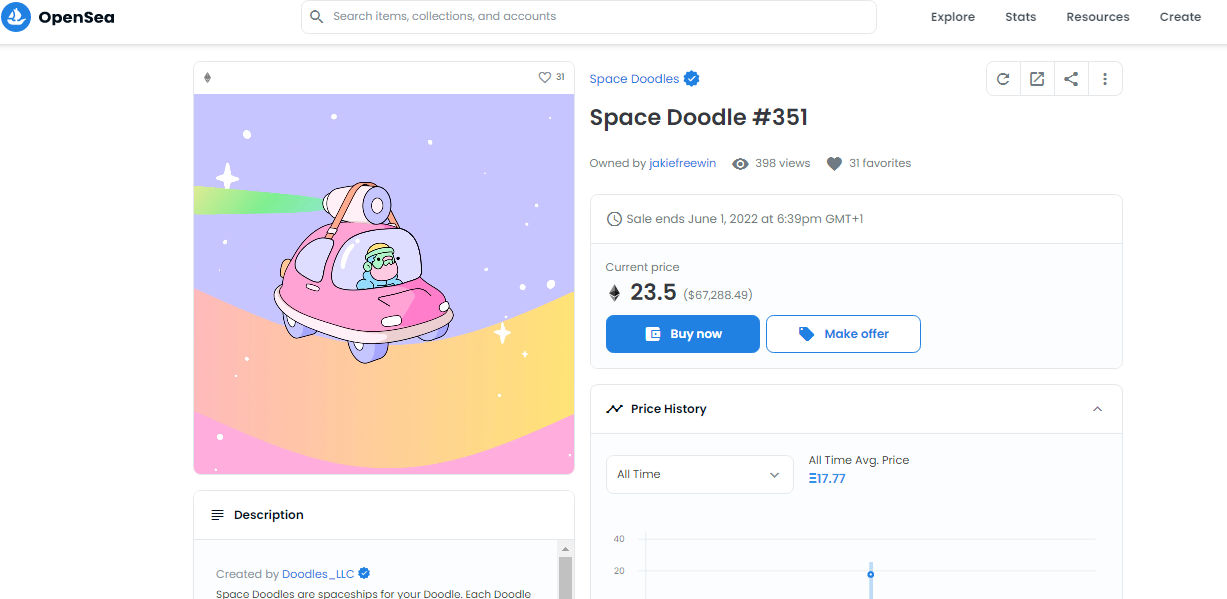
If you pay by card, go to the NFT you want to buy and click the Buy button. From here, you will pay in the same way as for any other online transaction.
Once you're done, the NFT will be stored in your wallet (the process of viewing the NFT in your wallet varies by platform).
How to create an NFT
You can create NFTs on different platforms, as mentioned above. However, it is important to note that if you choose a specific platform, you will be able to sell your NFT only through solutions that are connected to the relevant platform. This includes wallets and marketplaces, while taking into account the mechanisms of reaching your target group.
For example, if you want to sell your NFT on OpenSea, you will need to create your token on a blockchain that the platform supports. In the case of OpenSea, these blockchains include Ethereum, Polygon, Klatyn and Solana. If you use any other blockchain, you will not be able to sell your NFT on OpenSea. This blockchain-specific approach also applies to other NFT marketplaces and their supported blockchains.
In the following example, we continue to explain how to create an NFT on OpenSea.
- Log in to the OpenSea website.
- Click on Create.
- Choose one of the offered wallet options. If you do not have a wallet, you can create one.
- Follow the instructions to verify and set up your wallet.
- To create a collection, go to the profile and click on My collections, then click on again Create.
- Add a title, description, and image for your collection.
- Click on Create.
- Upload your digital content.
- Assign attributes and ownership details. (If you are creating a collection, assign NFT to the collection.)
- Confirm NFT details.
- Create an NFT.
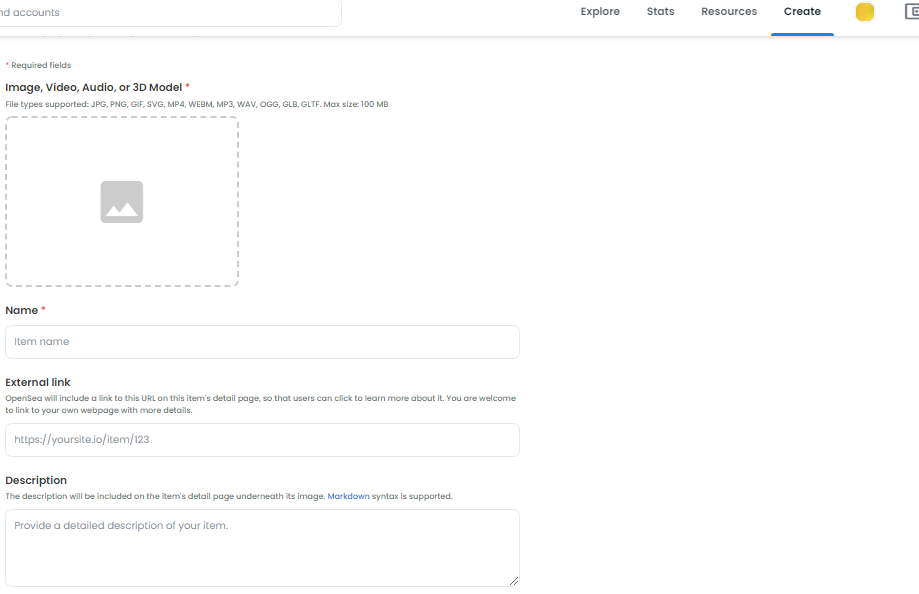
Your NFT will be created and saved in your wallet. You can then sell it on OpenSea. If you find a buyer outside the platform, you can make a transfer in exchange for cryptocurrency or fiat currency. In many cases, you may need to send the original content files to the buyer separately.
While this is an overview of how to create or sell NFTs through OpenSea, other platforms also proceed in a very similar way. Because OpenSea is one of the easiest ways to create an NFT, it's also one of the most convenient options for beginners.
In fact, we only created the NFT, but it is not listed on the market for sale.
How to sell NFT
You can put your NFT up for sale right after you create it. The following overview outlines what the process looks like in OpenSea.
- After creating the collection, find the items you want to sell.
- Click on Sell.
- Choose your price.
- Specify your sales terms, such as fixed price or auction sale.
- Put your item up for sale.
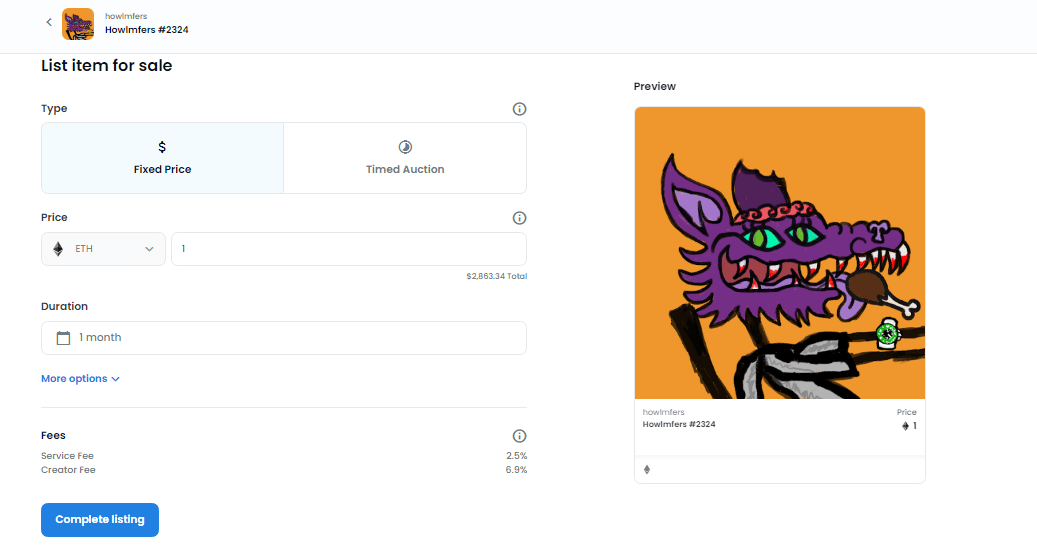
If you choose an auction sale, you will have to wait a while for your sale to complete. After this period, the item is sold to the highest bidder. If you use fixed price sales, your NFT can be sold like any other retail item on the web.
When you decide to sell your NFT, it is important to realize that you do not always get a flock of buyers to your offer. This is perfectly normal. If you do not sell a viral tweet or meme, the chances of receiving a large number of offers on your NFT are not so high. Therefore, if you receive your offers in dozens and not hundreds of potential buyers, do not be discouraged by the answer.
If you are just starting out in this sector, the consistent sale of your NFTs at sufficient prices will be more like a marathon than a sprint. If you maintain perseverance, you can increase your chances of gaining a foothold in this emerging sector.
How to create and generate your NFT collection
You may want to consider creating your own collection.
1. Start with the basic image
If you've seen a collection of 10,000 NFTs, you may have noticed that NFTs are different, but they have a common shape called a base character (or image). So the first step is to design your basic character. You have to decide on the idea of your basic character. Favorite tools.
- InkScape
- Illustrator
- Photoshop
- Canva

2. Design different layers
After you create your first image that has the attributes of your base image, you can now easily create different images by making small changes to the first image.
You must use a panel window to organize your work Layer. Create multiple layers according to the attributes of the base image: background, body, fabric, hair, eyes, etc. Put each part in the correct layer. For example, body parts must be in the body layer and eye parts must be in the eye layer.
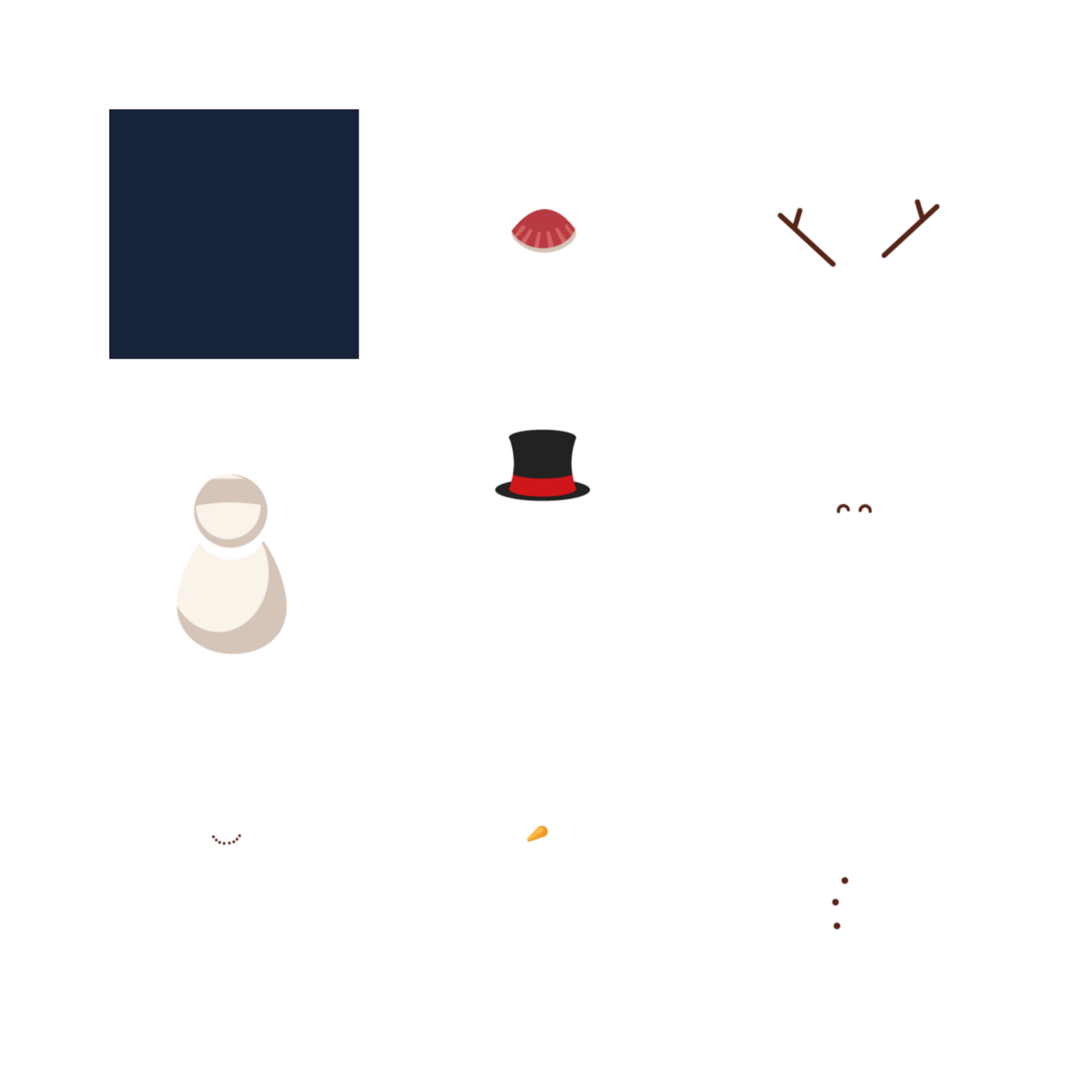
Now you can go to each layer and create many different variations from it. You can add blue, green, red, and brown background images to the background layer. Then go to the eye layer and design eyes with different expressions.
3. Generate 10,000 NFTs
As you can see in the example above, NFT is just a combination of layers. To calculate how many unique NFTs you can create from your layers, get the product of the number of variations for each layer. For example, to create 10,000 NFTs, you need 4 layers with 10 variations in each. (10x10x10x10 = 10,000)
Of course, combining 10,000 images manually will be very difficult. Therefore, you will need a generator for this. There are many paid generators, but one of the most popular and free is the Appsus NFT art generator.
You must first export the layers as PNG files. You can then insert them into the generator, selecting the rarity percentage of the variant. You can make any variant rarer by reducing its percentage. You can now select the required number of NFTs. Then click on generate, the software will take care of the rest.
You will also get metadata for each NFT ready for deployment on the Ethereum blockchain. You can find it in the Output folder.
So this way you can create your collection of 10,000 NFTs and follow the steps above to sell.
How to promote your NFT
Marketing your NFT artwork is often a combination of promotion and community building. Both help a lot when it comes to building long-term support and interest in your artwork. Here are some things to help you boost your creative talent and build a community:
- Create Instagram and Twitter accounts and actively share your creations.
- Be active in other art communities and creators.
- Help and educate others about your art.
- Be your own biggest fan and enjoy the process.
- Have a website.
Write your listings in the calendar
Fortunately, there are NFT calendars where creators can list their launch dates. Calendars help creators and buyers connect in the easiest way. One of the favorite calendars is NFTdroops. It has the simplest design, without distracting ads. A place where people spend time browsing the NFT.
Use thematic groups for telegram and discord
Joining topic groups is another effective way to promote your NFT. The most important thing here is not to memorize every 5 minutes. Don't do it like everyone else. Try to find something different and unique.
Implementing all of these strategies requires time and energy. You can use paid methods of NFT promotion and you will feel the result immediately.
Key things
- To achieve better results, creators should first devise a marketing strategy for their NFT project.
- The community-building process is a marathon that requires artists to stay connected through a steady stream of activities.
- Rodamapa
Conclusion
In the end, only time will tell what happens to this nascent technology. On the one hand, the NFT solves various real problems. Problems that - so far - no company or technology has been able to solve.
On the other hand, stories about price speculation, fraud, and savage valuations have come to light. For this reason, many believe that NFTs are just another form of (dangerous and highly volatile) investment in cryptocurrencies.
No one can deny the stunning growth of this industry. The rise of unmistakable tokens is far from over, as prominent celebrities and brands become more and more involved in the virtual world of digital assets.










